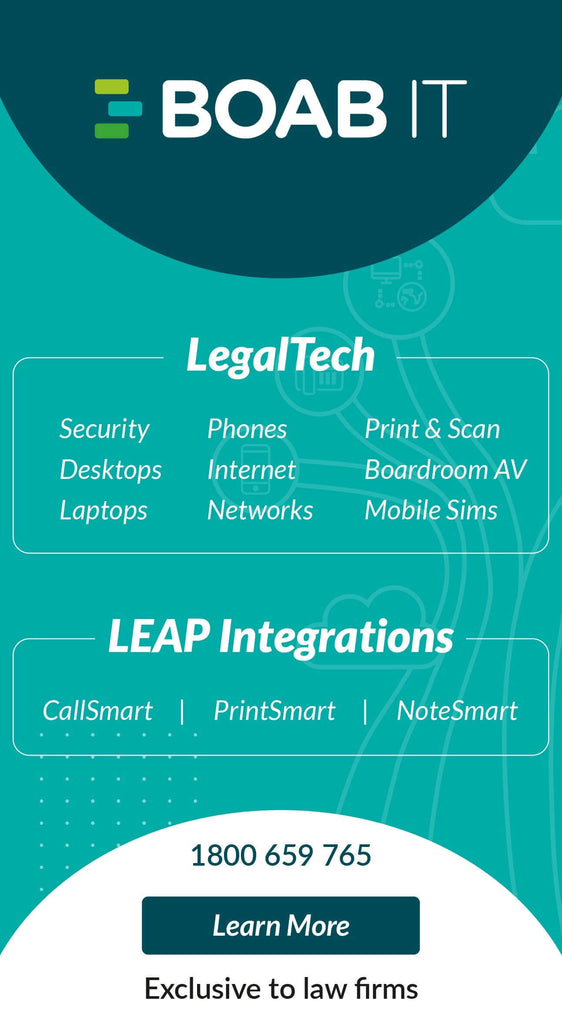
Actionable and Deliverable Roadmaps Key to Tech Changes
In today's rapidly evolving technological landscape, organisations of all sizes are constantly challenged by the need to adapt to new technologies, processes, and systems.
But have you ever wondered why some organisations excel at embracing change while others struggle to keep up? How can they ensure a successful transition when the very nature of technology is constantly changing?
The answers lie in Technology Change Management, a field where having an actionable and deliverable roadmap is paramount.
There are critical aspects of why a well-structured roadmap is essential for effective Technology Change Management:
The Challenge of Change
The first question that often arises when dealing with technological change is, "How do we manage this challenge effectively?" Change is a constant in the world of technology. Whether implementing a new software system, upgrading existing infrastructure, or migrating to cloud-based solutions, organisations must navigate a sea of challenges to ensure successful transitions.
But what are these challenges, and how can we address them strategically? These challenges include resistance from employees, potential disruptions to daily operations, budget constraints, and the risk of data loss or security breaches. The real question is, how do we navigate these turbulent waters to ensure a successful voyage?
The Role of Technology Change Management
Technology Change Management is the systematic approach to handling these challenges. But what exactly is its role, and how does it fit into the larger picture of organisational transformation? This brings us to another critical question: "How can Technology Change Management steer organisations towards success in the face of technological turbulence?"
It involves careful planning, communication, and execution to minimise resistance, ensure a smooth transition, and maximise the return on investment. However, the linchpin of this process is the presence of an actionable and deliverable roadmap.
Building an Actionable Roadmap
An actionable roadmap is a detailed plan that outlines the steps required to achieve a successful technology change. Now, you might be wondering, "What elements should this roadmap consist of, and how can we create a plan that leads us to our desired destination?"
Here are some key elements to consider when answering these questions:
- Clear Objectives - The roadmap should begin with well-defined objectives. What do you aim to achieve with the technology change? Whether it's improving efficiency, enhancing security, or increasing productivity, your goals should be specific and measurable.
- Stakeholder Engagement - Engaging stakeholders is crucial. Your roadmap should outline how you'll involve various teams, departments, and individuals throughout the process. This ensures that their concerns are addressed and they feel a sense of ownership in the change.
- Timelines and Milestones - Your roadmap should specify clear timelines and milestones. When will each phase of the change occur, and what are the key markers of progress? This helps in keeping the project on track and measuring its success.
- Resources and Budget—Outline the required resources, including personnel, technology, and budget. A well-planned budget ensures you have the necessary financial backing to execute the change.
- Risk Assessment and Mitigation—Identify potential risks and outline strategies for mitigating them. Contingency plans can prevent unexpected issues from derailing the change process.
The Importance of Deliverability
But what makes a roadmap deliverable, and why is this aspect crucial for success? Let's address these questions:
- Realistic Goals - A deliverable roadmap sets realistic goals that your organisation can achieve. Unrealistic objectives can lead to frustration and failure.
- Resource Allocation—By focusing on deliverability, you ensure that the necessary resources are available and allocated appropriately. This prevents overcommitting or underutilising resources.
- Employee Buy-In - Employees are more likely to embrace change if they believe it's achievable. A deliverable roadmap inspires confidence and commitment among the workforce.
"How can we ensure that our organisation's technological journey is guided by an actionable and deliverable roadmap?"
By understanding the significance of these roadmaps, organisations can confidently embark on their technological journeys and achieve their desired outcomes.
If you're interested in learning more about creating effective technology change management roadmaps or if you'd like to receive a comprehensive guide on this topic, feel free to contact us. We are happy to share additional insights and resources.
Ritchie Malin, Director of CTO Consulting.

Subscribe to the Legal Practice Intelligence fortnightly eBulletin. Follow the links to access more articles related to the business of law and legal technology.
Disclaimer: The views and opinions expressed in this article do not necessarily reflect the official policy or position of Novum Learning or Legal Practice Intelligence (LPI). While every attempt has been made to ensure that the information in this article has been obtained from reliable sources, neither Novum Learning or LPI nor the author is responsible for any errors or omissions, or for the results obtained from the use of this information, as the content published here is for information purposes only. The article does not constitute a comprehensive or complete statement of the matters discussed or the law relating thereto and does not constitute professional and/or financial advice.





